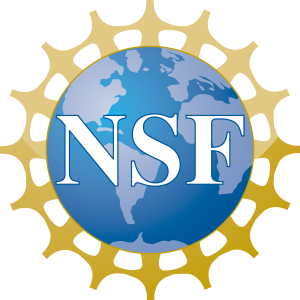
Professor Katy Börner of Indiana University will present “Visualizing Science and Technology,” part of the NSF National Strategic Computing Initiative (NSCI) lecture series on January 16, 2018, from 10:30AM to 11:30AM ET.
Katy Börner is the Victor H. Yngve Distinguished Professor of Engineering and Information Science, School of Informatics, Computing, and Engineering; Adjunct Professor in the Department of Statistics, College of Arts and Sciences; and Core Faculty of Cognitive Science at Indiana University, Bloomington, Ind.
Abstract
In the information age, high-performance computing (HPC), big data, and advanced data mining, modeling and visualization algorithms are employed to solve major health, energy, environmental, and other challenges.
Well-designed data visualizations make it possible to rapidly explore, understand, manage, and communicate data in support of data-driven decision making in personal and professional life.
Academic and industry leaders use computational models and visualizations of science and technology (S&T) to identify and monitor emerging areas of research, the activity of collaborators and competitors, or pathways of innovation.
The ability to read and make data visualizations becomes as important as the ability to read and write text.
This talk identifies key challenges when (1) using existing HPC to model and visualize S&T developments, (2) teaching HPC to MOOC students from 100 countries, (3) developing “macroscope” tools that empower non-computer scientists to benefit from HPC resources.
It also presents research that showcases the value of university and NSF IT resource investments on funding intake, publication and citation output, and the growth of collaboration networks. Finally, the talk showcases augmented reality visualizations that communicate the inner workings of IoT systems.
These topics were a focus of the recent NAS Sackler Symposium on Modeling and Visualizing Science and Technology Developments.
To attend in person, NSF visitors must contact Jennifer Beierlein (jbeierle@nsf.gov) no later than January 10, 2018, so that a visitor pass can be arranged. To attend virtually, join via WebEx (event number 748 351 379 and password: uRJMB2P*) or by phone at (800) 857-8793 (or 1-517-268-4823) with passcode 4984574.









